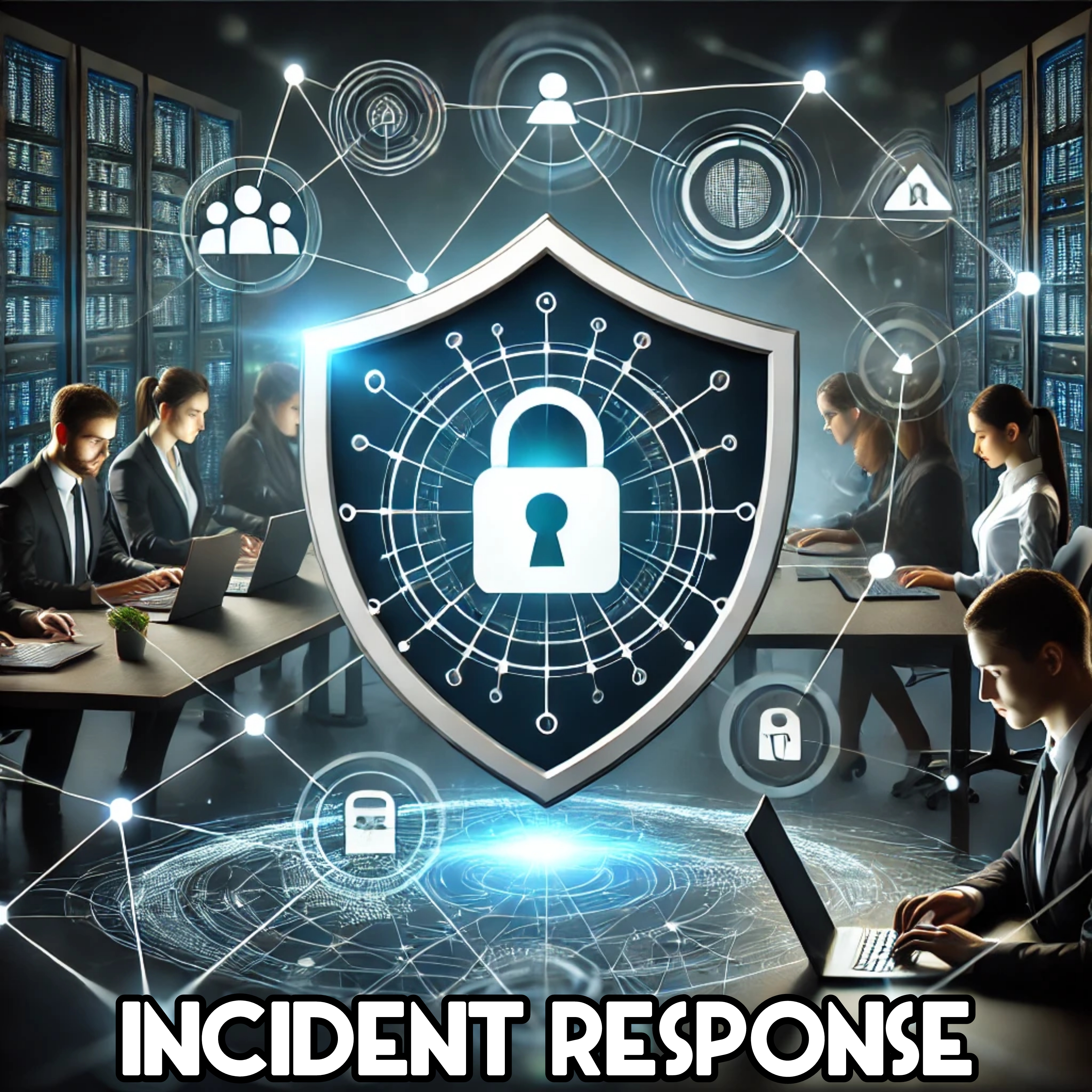Incident Response: The Ultimate Guide to Protecting Your Organization from Cyber Attacks
This is why having a robust Incident Response (IR) plan is critical. In this article, we’ll explore what incident response is, why it’s essential, and

In today’s digital landscape, cyberattacks are inevitable. The question is no longer if your organization will be targeted, but when. This is why having a robust Incident Response (IR) plan is critical. In this article, we’ll explore what incident response is, why it’s essential, and how to build an effective strategy to detect, contain, and recover from cyber incidents.
Digital Forensics and Incident Response (DFIR) is a specialized approach to managing cybersecurity incidents that combines tools and methodologies from digital forensics. Digital forensics, a branch of forensic science, focuses on collecting, analyzing, and preserving data to understand and investigate cyber events. This includes preserving evidence for internal purposes, such as reconstructing a security breach, and external purposes, such as presenting digital evidence in legal proceedings.
DFIR practices provide incident responders with detailed insights into security incidents, enabling quicker recovery, minimizing operational disruptions, and enhancing the organization’s overall security defenses.
What Is Incident Response?
Incident Response is the process of identifying, managing, and mitigating the effects of a security breach or cyberattack. Its goal is to minimize damage, reduce recovery time, and ensure business continuity.
A well-executed IR plan includes:
-
Preparation: Setting up the tools, teams, and procedures.
-
Detection: Identifying potential threats.
-
Containment: Stopping the threat from spreading.
-
Eradication: Removing the malicious presence.
-
Recovery: Restoring affected systems and data.
-
Lessons Learned: Analyzing the incident to improve defenses.
Why Is Incident Response Crucial?
-
Mitigates Damage: A quick response can reduce the financial and reputational impact of a breach.
-
Regulatory Compliance: Many industries require organizations to have IR plans (e.g., GDPR, HIPAA).
-
Customer Trust: Protecting sensitive data builds trust with clients and customers.
Key Components of an Incident Response Plan
1.Building the IR Team
-
An effective IR team includes:
-
Incident Manager: Oversees the response process.
-
IT Specialists: Handle system recovery and investigation.
-
Legal Advisors: Ensure compliance and manage legal implications.
-
Communications Team: Manages public and internal messaging.
2.Establishing Clear Policies
- Define what constitutes an incident, escalation procedures, and communication protocols.
3.Investing in Detection Tools
- Deploy tools like Intrusion Detection Systems (IDS), Endpoint Detection and Response (EDR), and Security Information and Event Management (SIEM) to identify threats early.
4.Practicing Regular Drills
- Conduct simulated attacks (e.g., phishing campaigns or ransomware scenarios) to test the IR team’s readiness.
5.Documenting Every Step
- Create a comprehensive incident log to analyze what went wrong and how to prevent it in the future.
Common Types of Security Incidents
-
Phishing Attacks: Fraudulent emails trick employees into revealing sensitive information.
-
Ransomware: Malicious software encrypts files and demands payment for the decryption key.
-
Insider Threats: Disgruntled employees or careless actions compromise data security.
-
DDoS Attacks: Overwhelming traffic disrupts your services.
Step-by-Step Guide to Incident Response
Preparation
-
Develop an incident response policy.
-
Train employees on recognizing suspicious activities.
-
Ensure backups are secure and regularly updated.
Detection and Analysis
-
Use monitoring tools to detect anomalies.
-
Verify the severity of incidents with threat intelligence feeds.
Containment
-
Implement temporary solutions (e.g., isolating affected systems).
-
Avoid shutting down systems abruptly, which may destroy forensic evidence.
Eradication
-
Identify the root cause.
-
Remove malware or close exploited vulnerabilities.
Recovery
-
Restore systems from clean backups.
-
Monitor systems closely to ensure no residual threats remain.
Post-Incident Analysis
-
Conduct a thorough review of the incident.
-
Update your IR plan based on lessons learned.
Top Tools for Incident Response
-
Splunk: Real-time data analysis for incident detection.
-
Wireshark: Network traffic analysis tool.
-
Cortex XSOAR: Streamlines and automates the IR process.
-
Kali Linux: Contains powerful forensic tools for investigation.
-
Tips to Strengthen Your Incident Response Strategy
-
Automate Tasks: Use AI and automation to speed up detection and containment.
-
Collaborate Externally: Partner with external cybersecurity firms for expertise.
-
Stay Updated: Regularly review and update your IR plan as threats evolve.
Conclusion
Incident Response isn’t just about reacting to a breach; it’s about staying prepared and resilient in an unpredictable threat landscape. By implementing a proactive IR plan, you can safeguard your organization against the ever-increasing dangers of cyberattacks.






0 comments
There is no any command yet!